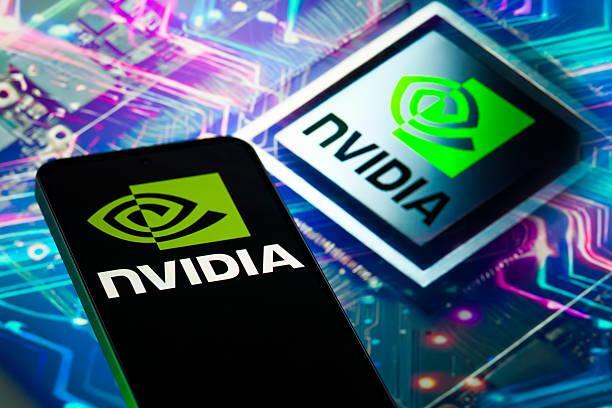
Nvidia dips before Q3, analysts still expect major earnings beat
The stock market can be a volatile and unpredictable beast, and even the most successful companies can experience downturns. Nvidia, the leading manufacturer of graphics processing units (GPUs) and high-performance computing hardware, has fallen 14.5% from its late-October high, slipping into correction territory ahead of its highly anticipated Q3 results. Despite this dip, analysts remain confident in the company’s prospects, citing strong demand for its Blackwell chips and early signals for the next-gen Vera Rubin architecture.
Nvidia’s stock has been on a tear in recent years, driven by the growing demand for its GPUs in the fields of artificial intelligence (AI), gaming, and professional visualization. The company’s dominance in these markets has allowed it to deliver consistently strong earnings reports, with revenue and profitability that have exceeded Wall Street’s expectations. However, the recent downturn in the stock market, combined with rising skepticism about the potential for AI to drive long-term growth, has led to a decline in Nvidia’s stock price.
Despite this correction, analysts remain bullish on Nvidia’s prospects. They point to the strong demand for the company’s Blackwell chips, which are used in a wide range of applications, from gaming laptops to datacenter servers. The Blackwell architecture has been a major success for Nvidia, offering significant performance and power efficiency improvements over its predecessor. As a result, the company has been able to maintain its market share and even gain ground on its competitors.
In addition to the strong demand for Blackwell chips, analysts are also excited about the potential for Nvidia’s next-gen Vera Rubin architecture. While details about the new architecture are still scarce, early signals suggest that it will offer significant performance and power efficiency improvements over Blackwell. This could help Nvidia to maintain its competitive edge and drive long-term growth.
Wall Street expects Nvidia to deliver strong earnings in Q3, with revenue of $55.03 billion and earnings per share (EPS) of $1.25. These estimates are based on the company’s historical performance and the strong demand for its products. While there is always some uncertainty surrounding earnings reports, analysts are confident that Nvidia will be able to deliver a major earnings beat.
One of the key drivers of Nvidia’s growth has been the increasing adoption of AI and machine learning (ML) technologies. The company’s GPUs are particularly well-suited to these applications, offering the high performance and low latency required to drive complex AI and ML workloads. As a result, Nvidia has been able to capitalize on the growing demand for AI and ML solutions, with its datacenter business experiencing rapid growth.
However, there are also some potential risks and challenges that Nvidia faces. One of the biggest concerns is the rising skepticism about the potential for AI to drive long-term growth. While AI and ML have been major drivers of growth for Nvidia in recent years, some analysts are starting to question whether this trend can continue. They point to the potential for AI to become a commodity technology, with lower margins and less differentiation between vendors.
Despite these risks, analysts remain confident in Nvidia’s prospects. They point to the company’s strong track record of innovation and its ability to adapt to changing market conditions. Nvidia has a long history of delivering new and innovative products, and its commitment to research and development (R&D) has allowed it to stay ahead of the curve.
In terms of valuation, Nvidia’s stock is still considered to be relatively expensive, with a price-to-earnings (P/E) ratio of around 40. However, analysts believe that the company’s strong growth prospects and competitive advantage justify this valuation. They point to the company’s significant upside potential, with price targets implying nearly 30% upside from current levels.
In conclusion, while Nvidia’s stock has dipped in recent weeks, analysts remain confident in the company’s prospects. They point to the strong demand for Blackwell chips and the potential for the next-gen Vera Rubin architecture to drive long-term growth. With Wall Street expecting a major earnings beat in Q3, Nvidia’s stock could be poised for a breakout. While there are some potential risks and challenges that the company faces, its strong track record of innovation and commitment to R&D make it well-positioned to capitalize on the growing demand for AI and ML solutions.






